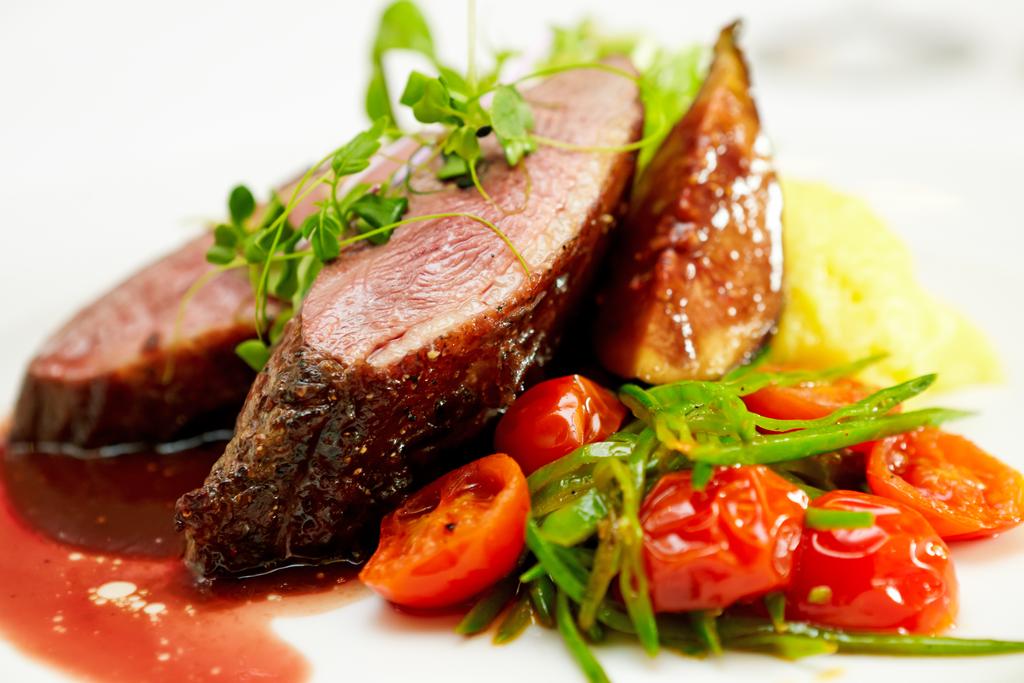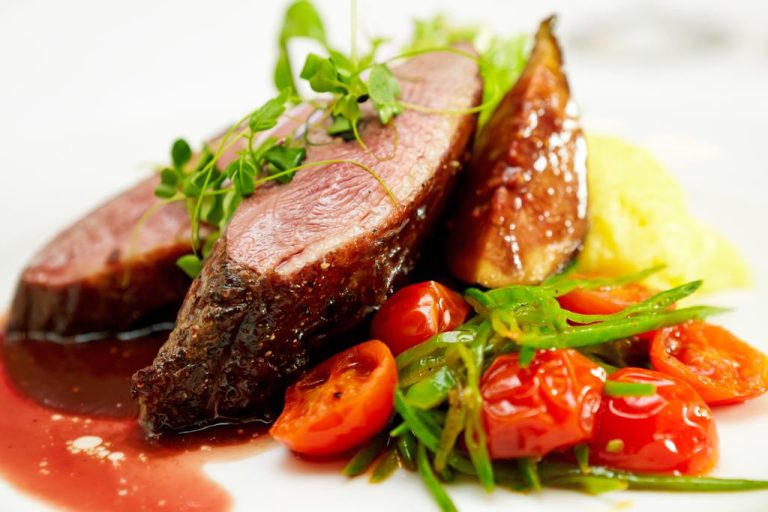Quorn has long been known as a meat substitute in the UK. We’ll show you what’s behind the product and how to use it in the kitchen.

What is Quorn?
Quorn is designed to be as meat-like in consistency as possible. Without additives, it has a relatively neutral taste – with the help of spices and herbs, it is given a spicy, hot or fresh taste, depending on the end product.
The basis of the meat substitute are fermented mushroom threads, so-called mycelium, a special type of sac fungus. For the fermentation, the mushroom is mixed with oxygen and nitrogen as well as a glucose solution and heated. This creates protein. This fungal protein is also known under the name mycoprotein.
Not all Quorn products are vegan. In some Quorn products, egg white is added to the vegetable protein until the mass can be shaped. According to the ingredient list information, the eggs come from free-range chickens. Vegan products contain potato or pea protein instead. Depending on which product is to be created at the end, the protein mixture is also enriched with wheat flour, spices, vitamins, minerals and fats.
Quorn meat substitutes are:
Burger Patties
various nuggets and fillets
Vegetable cold cuts (e.g. ham and sausage substitutes)
shredded
fried sausage
Steaks and schnitzel (e.g. the lemon and pepper schnitzel)
hack
How healthy is Quorn?
Quorn is considered a healthier alternative to meat. It contains no cholesterol, is high in protein and low in fat. The fatty acids it contains are mostly unsaturated fatty acids. These are important for brain function and have a positive effect on the cardiovascular system.
In addition, Quorn products contain more fiber than animal products. These are important for a healthy digestive system because they stimulate the work of the gastrointestinal tract and serve as “food” for our intestinal flora.
The nutritional values of the meat substitute vary depending on which product you use. For example, the vegan Quorn fillets have the following nutritional values per 100 grams:
104 calories
1.4 grams fat (of which 0.3 grams saturated fat)
4.3 grams of carbohydrates
16 grams of protein
5.3 grams of fiber
The vegetarian Quorn steak with pepper offers the following nutritional values per 100 grams:
163 kilocalories
8.6 grams of fat (including 2.4 grams of saturated fat)
5.3 grams of carbohydrates
12.2 grams of protein
8.1 grams of fiber
A disadvantage of Quorn products is that they contain quite a lot of additives. Flavors are added to many products. Some foods also contain colourings, stabilizers or sugar. Also note that many products are not suitable for people with gluten allergies because they contain wheat flour or pure wheat gluten. Some products also contain milk protein and are therefore not lactose-free.
Quorn: That’s how you use it
Depending on the product, you can process Quorn in different ways. You can use steaks and sausages for a barbecue, for example. You can use the vegetarian mince to cook a meatless spaghetti bolognese or a chilli sin carne.
For example, you can serve nuggets and fillets in the classic way with homemade fries, salad and ketchup. Boiled potatoes and Kaiser vegetables make healthier side dishes. When preparing Quorn products, it is best to follow the instructions on the packaging. Usually you can decide whether you want to prepare them in the pan, on the grill or in the oven.

